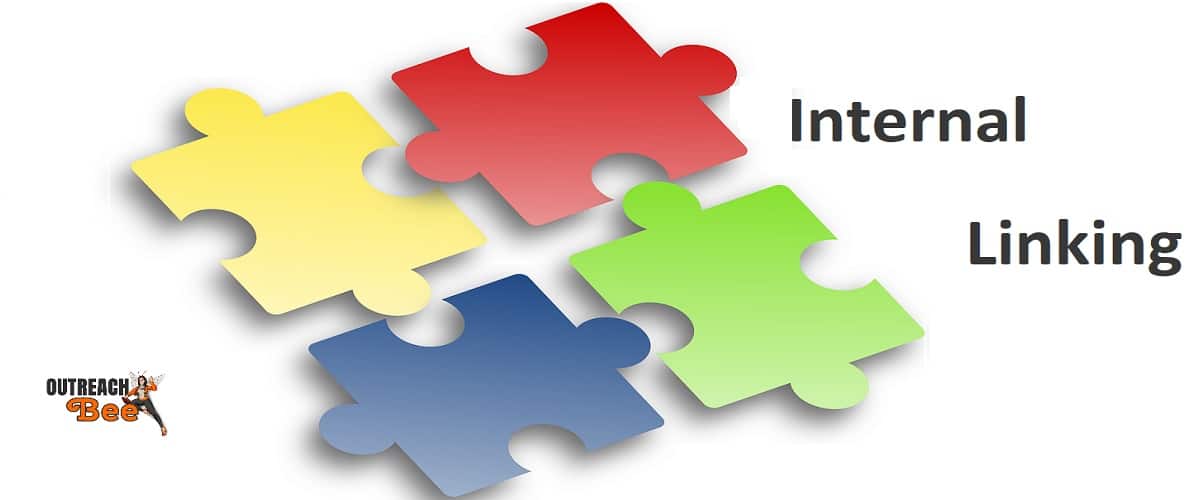Internal linking is one of the most important aspects of SEO. When done correctly, it can help you improve your site’s search engine rankings, as well as increase traffic and keep visitors on your website longer. However, when done incorrectly, it can actually have the opposite effect. In this blog post, we will discuss the five most common mistakes that people make with internal linking, and how to avoid them.
What is Internal Linking?
Internal linking is the process of linking to other pages on your website from within your own content. This can be done by hyperlinking certain keywords or phrases to the relevant pages, or by adding links in your navigation menus. Furthermore, you can also add links to your website’s homepage and sitemap.
Why is Internal Linking Important?
There are several reasons why internal linking is important. Firstly, it helps search engines to crawl and index your website more effectively. Secondly, it can help to improve your site’s search engine rankings for certain keywords. Thirdly, it increases the amount of time that visitors spend on your website, as they are able to easily navigate to other pages that they may be interested in. Finally, it also makes your website look more professional and credible.
Top 5 Common Mistakes in Internal Linking
Now that we understand what internal linking is and why it’s important, let’s take a look at the five most common mistakes that people make while using it!
Mistake #01: Not Enough Links
One of the most common mistakes that people make with internal linking is not including enough links. This can happen when you’re trying to optimize your content for keywords, or when you’re adding links to your website’s navigation menus. Remember, it’s important to include a variety of different types of links, such as text links, image links, and anchor text links.
Mistake #02: Incorrect Anchor Text
Another common mistake is using incorrect anchor text. This happens when you use the same keyword or phrase for all of your internal links, instead of varying them up. For example, if all of your internal links say “click here”, this can be seen as spammy by search engines, and it can actually have a negative effect on your rankings.
Mistake #03: Wrong Page Targets
Another mistake that people often make is targeting the wrong pages with their internal links. This can happen when you’re trying to improve your site’s search engine rankings for certain keywords, but you’re linking to the wrong pages. Make sure that you’re targeting the right pages with your internal links, or you could end up doing more harm than good.
Mistake #04: Duplicate Content
Duplicate content is another common mistake that people make with internal linking. When two or more pages on your website contain the same content, this can confuse both search engines and visitors alike. To avoid this, make sure that you only include unique content on each of your pages. Not only will duplicate content have a negative impact on your linking efforts, but it also presents a number of other problems for search engines trying to scan your website, as shared by Moz.
Mistake #05: Dead Links
The final mistake that people often make with internal linking is having dead links. This happens when a link to a page on your website no longer works, and it can be quite frustrating for visitors. To avoid this, make sure that you regularly check your links to ensure that they are all working properly.
How to Avoid the Five Most Common Mistakes in Internal Linking
Now that we know about the five most common mistakes in internal linking, let’s take a look at how to avoid them! Avoiding these mistakes is easy once you know what to look out for. Here are some tips:
- Make sure to include a variety of different types of links in your content, such as text links, image links, and anchor text links.
- Vary your anchor text so that you’re not using the same keyword or phrase for all of your links.
- Target the right pages with your internal links by using keywords that are relevant to the page you’re linking to.
- Only include unique content on each of your pages to avoid duplicate content.
- Regularly check your links to ensure that they are all working properly.
Final Thoughts
Internal linking is an important part of SEO, but it’s also one of the most commonly misunderstood and misused aspects of SEO. By avoiding the five common mistakes that are listed above, you can ensure that your links are helping your website, not hurting it. If you have any questions about internal linking or SEO in general, feel free to the Outreach Bee Team and we’ll be happy to help you with all of your link building needs.
This concludes our blog post on the top five common mistakes in internal linking. We hope you found this information helpful and that you’ll be able to avoid these mistakes in your own website’s linking strategy! Thanks for reading!



The Overlooked SEO Power of Social Media Backlinks
SDK vs. API: The Key Difference Explained with Examples